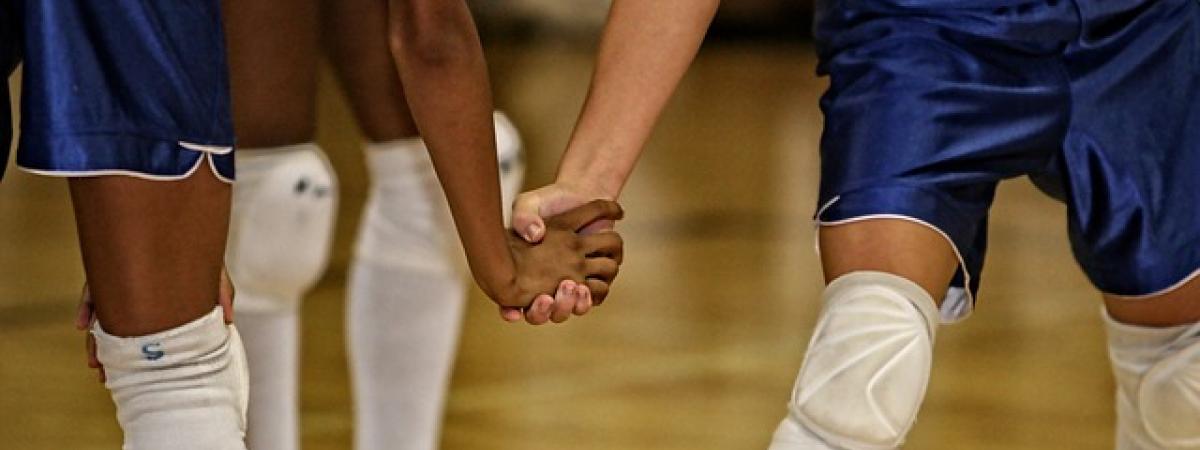Fascinating facts about the knee

We speak of the bee’s knees, being weak at the knees, and kneejerk reactions, but there's a lot more to these joints than a few sayings, as Helen Cowan finds out.
It allows us to stand on our own two feet
According to Craig Stanford, Californian anthropologist, “Of more than 250 species of primates, only one goes around on two legs,” and that’s us, humans.
We can walk on two legs so easily because our knees can fully extend and ‘lock’. Chimps cannot do this on two legs, so when they try to walk upright they have to use a huge amount of muscle power to support their body weight and end up rocking back and forth in the process, before resorting to four legs again.
It houses a unique type of bone
The kneecap is an example of sesamoid bone: a bone that is strangely buried within a tendon or muscle. Other examples are found in the wrist, foot and hand.
The kneecap protects the joint, and, by attaching to the quadriceps muscle (‘quads’), helps knee straightening. Its Latin name is patella (meaning ‘small plate’) and the kneecap is not hardened until toddlers are at least 3 years old.
It’s the largest joint in the body
And also the most complicated: like the elbow, it is a hinge, allowing the joint to bend and straighten. However, the knee joint can also rotate slightly, mostly when the leg is bent, owing to the workings of the hamstrings, the sartorius (the longest muscle in the body) and the biceps muscle (the leg not the arm variety).
Injury can make us weak at the knees
Arthritis is one of the most common knee diseases and occurs when the surfaces of the thigh and shin bone that make up the knee become rough due to wear and tear, inflammation, infection or gout.
The ligaments that connect the thigh and shin bone in the knee can also be damaged, especially in football. Michael Owen famously damaged his anterior cruciate ligament, forcing him out of the 2006 World Cup.
‘Housemaid’s knee’ and ‘clergyman’s knee’ are swellings at the front of the knee caused by excessive kneeling.
Knee-deep in ways to repair and replace it
Most modern knee replacements involve placing a metal cap over the end of the thigh bone, a plastic surface on top of the shin bone and a plastic kneecap; all held in place by cement or by new bone growth.
The surgery is said to offer an improvement in mobility and quality of life similar to that seen after heart bypass surgery, though surgeons acknowledge that the joints don’t last forever, may offer limited bending and sometimes loosen or click and crunch.
Repair can involve cartilage transplant from your own body or a deceased donor, or insertion of carbon fibre patches
Amputation: below-the-knee, above-the-knee, through the knee?
Below the knee is best because the knee is preserved, but if injury or gangrene necessitate removal of at least part of the knee, is half a knee better than none?
Through-knee amputations preserve the thighbone part of the knee, cutting between the thigh and shin bones. This can be advantageous for children because the end of the thigh bone can keep growing, and much more of the thigh muscle is preserved, allowing for a stronger leg.
